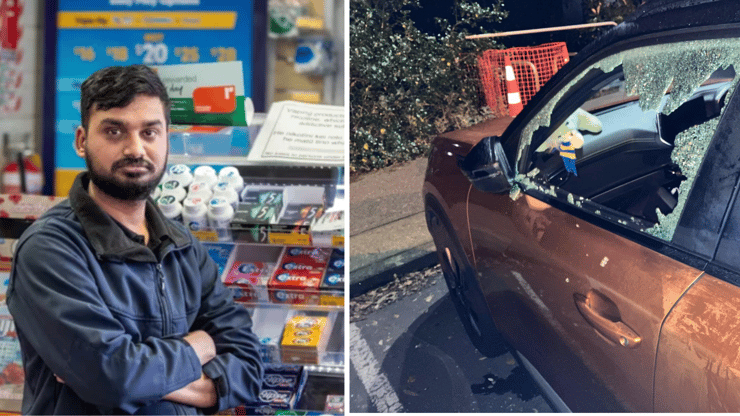Home /
Columns /
New Zealand
Emergency Response Failures Putting Community At Risk

May 22 2024
Recent events in Auckland reveal a troubling trend in the responsiveness and effectiveness
of emergency services in handling violent incidents, a problem that could have far-reaching
consequences on community safety and trust in law enforcement. The incidents, as
reported, showcase significant delays and lack of police action, which not only undermines
public trust but also raises critical questions about the adequacy of current security
measures and law enforcement in New Zealand’s largest city.
These fears are exacerbated by regular news reports of the flight of trained police personnel
overseas, especially to Australia, for better wages and working conditions. Police union
negotiations with the coalition government have come a cropper and there is a growing
public perception of a disaffected police force.
The last few days have seen reports of insufficient police response to violent crime involving
retail workers in Auckland, further emphasising the severity of the situation. A notable
incident involved the violent attack on a Kiwi Indian gas station attendant in Ponsonby,
where the lack of a timely police and emergency services response left the larger
community feeling vulnerable and neglected, to speak nothing of the victim and the owner
of the business. Similarly, a woman’s car was broken into, and when she tried calling emergency
services, she was unable to get through for the better part of an hour.
These cases add to the growing list of crimes that are not being adequately addressed,
reinforcing the public’s perception of a failing criminal justice system in terms of
responsiveness and effectiveness. These incidents underline the critical need for a
systematic overhaul of how emergency services respond to crime. There is no gainsaying
that he safety of citizens should be the utmost priority for the government and the
authorities. The repeated failures call for an urgent reassessment of resource allocation,
emergency response protocols, and community policing strategies to restore confidence in
the system designed to protect and serve the community.
In another recent alarming instance, a jewellery store in Manurewa was the target of a
smash-and-grab robbery by six masked robbers armed with hammers and machetes, yet the
response from the authorities was notably insufficient. In yet another one, the owner of a
vape store in Papatoetoe decided to close down his business after repeated robberies, the
last of which involved a threat at gunpoint, highlighting a pattern of escalating violence and
inadequate preventive measures by local police. Last week, premier mobile services
provider OneNZ (formerly Vodafone) announced it would close down its downtown
Auckland store because staff felt unsafe in the area.
Other employers in downtown Auckland are increasingly allowing their employees to work
from home pending their tenancies coming up for renewal which they plan not to renew.
Retailers have complained to the government to urgently address the dire situation as
customer footfalls taper off because of the perception of growing unsafe conditions in the
CBD.
These incidents, indicative of a broader inability to effectively manage and respond to
crime, could potentially drive community members to consider taking matters into their
own hands, thereby increasing the risk of vigilantism. When people feel unprotected and
see no recourse in the formal justice system, they might feel compelled to defend
themselves and their property, leading to an even more lawless environment.
The slow or non-existent responses to these violent crimes are part of a larger narrative of
frustration among residents with the National Party-led government’s inability to uphold its
promises on reducing crime, as articulated by local business owners who feel let down by
the lack of action following such incidents.
Given this situation, it is crucial for community members to engage proactively with local
law enforcement to voice their concerns and push for tangible improvements in police
responsiveness and effectiveness. This could include attending community meetings,
participating in local government, and collaborating with neighbourhood watch
programmes to ensure a collective and coordinated approach to safety.
However, it is equally important for the government and law enforcement agencies to take
immediate steps to restore public trust. This could involve increasing police presence in
high-risk areas, improving response times to emergency calls, and implementing more
robust measures to deter and manage criminal activities effectively.
Ultimately, while the rise in crime and the apparent ineffectiveness of current responses are
alarming, the solution does not lie in vigilantism but rather in a concerted effort from both
the community and the government to rebuild a responsive and trustworthy system that
can ensure the safety and security of all citizens.
That, sadly, appears to an uphill task, as things stand in New Zealand today.





